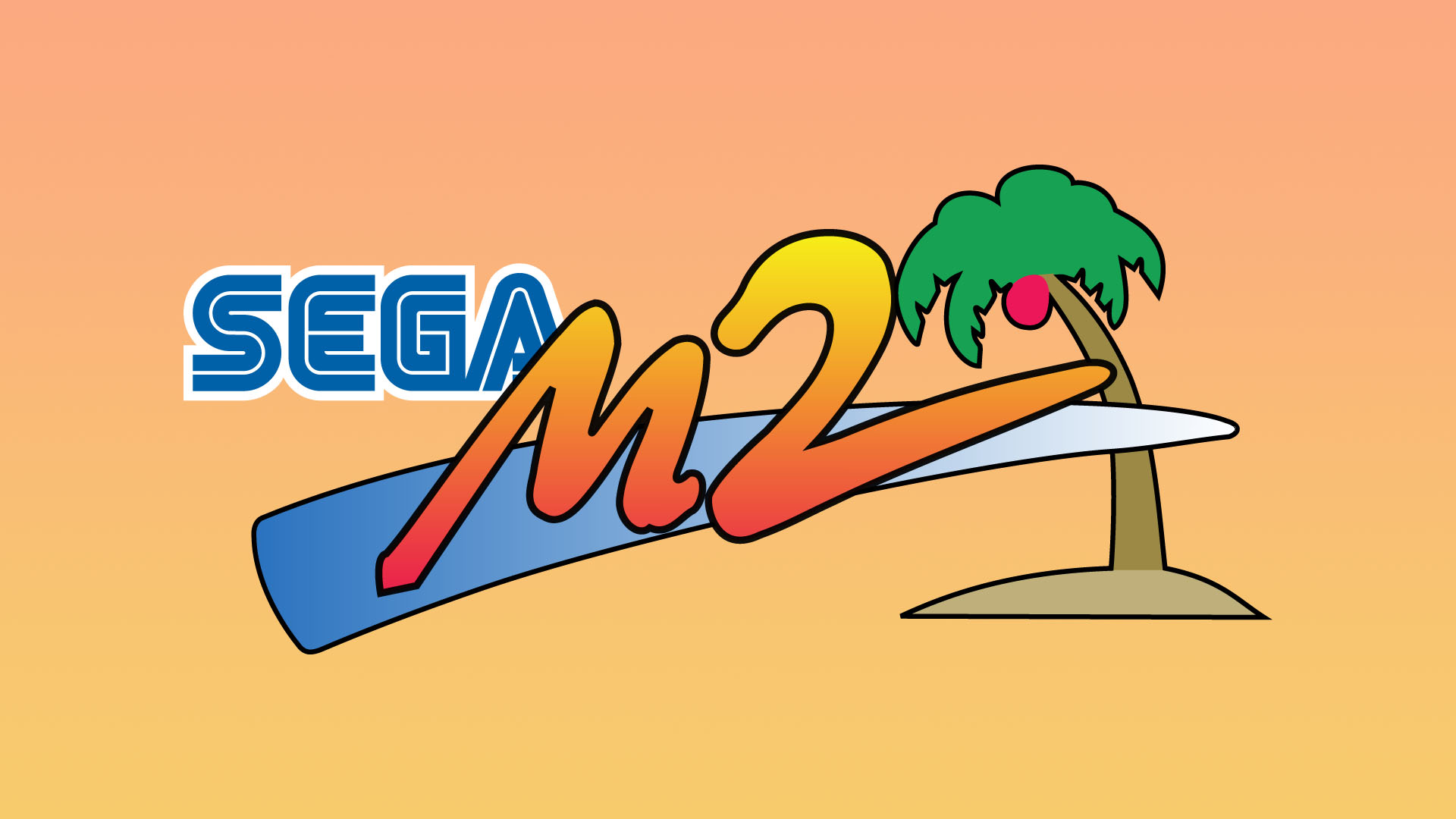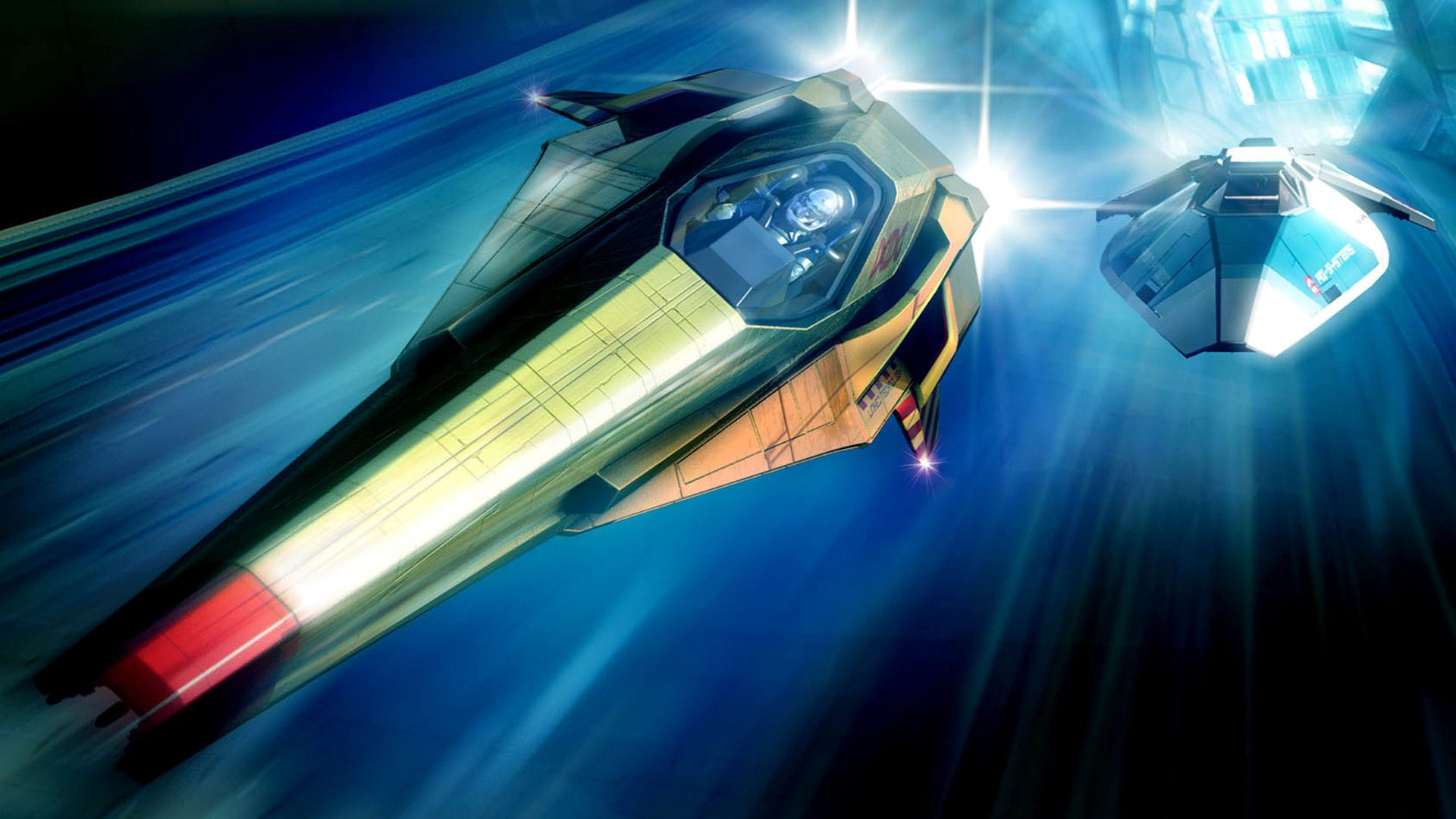The 1990s were the golden era of arcades, where arcade cabinets delivered an experience far beyond what home consoles could achieve. Gamers who grew up with simple 2D sprites were suddenly facing a game-changing revolution—full 3D worlds, realistic characters, and a level of detail never seen before.
Launched in 1993, Sega Model 2 didn’t just raise the bar—it took arcade gaming into a new dimension. With cutting-edge polygonal rendering, real-time texture mapping, and advanced lighting effects, the Model 2 powered some of the most legendary titles of the decade, including Daytona USA, Virtua Fighter 2, and Dead or Alive.
From Military Tech to Arcades
Before the Sega Model 2, there was the Model 1—a system that broke new ground with real-time 3D graphics in hits like Virtua Racing and Virtua Fighter. But there was one problem: the graphics were flat and plain, with no textures—just simple, blocky shapes. It looked cool, but Sega knew it had to go further to stay on top.
They needed realism—graphics that felt like the future. To build this next-level hardware, Sega teamed up with some serious tech giants:
- General Electric Aerospace – Experts in military flight simulators and high-tech displays. They helped Sega adapt texture mapping tech used in fighter jets, so arcade games could finally have realistic surfaces on 3D objects.
- Martin Marietta (later Lockheed Martin) – They brought in rasterization chips designed for aircraft cockpit displays. These chips let the Model 2 handle detailed 3D worlds at fast speeds, keeping games smooth even when the action got wild.
- Fujitsu – One of Japan’s biggest tech companies. They built custom DSP chips that handled 3D shape transformations, lighting effects, and real-time movement—stuff that wouldn’t show up on home consoles until years later.
Leading the charge was Yu Suzuki, the legendary developer behind OutRun, After Burner, and Virtua Fighter. His team, Sega AM2, knew exactly how to squeeze every drop of power out of this advanced hardware. Together, they built a system that was lightyears ahead of anything else in the arcade.
Power Under the Hood
At the heart of the Sega Model 2’s dominance were cutting-edge components working in harmony to deliver visuals and performance no one had seen in an arcade before. This wasn’t just a bump in specs; it was a leap forward that left other platforms scrambling to catch up.
At the core of the Model 2 was an Intel i960-KB processor, a 32-bit RISC chip running at 25 MHz.
It could handle 25 million instructions per second (MIPS) and deliver 13.6 MFLOPS (math calculations used in 3D graphics). This processor was in charge of running the game’s logic and making sure everything worked smoothly with the other parts.
The 3D graphics power came from six Fujitsu DSP chips, all working together at 16 MHz. These chips handled the heavy lifting for 3D shapes—like moving, rotating, and lighting objects in real-time. They worked in parallel, giving the system 480 MIPS of processing power—far ahead of what home systems could do at the time.
For turning those 3D shapes into sharp, detailed images on screen, Sega used custom graphics chips made by Lockheed Martin. These chips were originally made for military flight displays, so they brought serious precision to arcade graphics. They handled texture mapping, z-buffering (keeping objects in the right order), and anti-aliasing (smoother edges). This is what made the Model 2’s graphics look clean, realistic, and fluid.
Thanks to fast memory and parallel processing, the Model 2 could draw 300,000 textured polygons per second. That was lightyears ahead of home consoles at the time. In comparison, the Super Nintendo (SNES) was still using flat 2D sprites and basic tricks like Mode 7 for simple 3D effects.
When the Model 2 hit arcades in 1994, home consoles like the PlayStation and Sega Saturn were just starting their 3D journey. But neither of them could match the smooth, high-detail graphics and fast performance of Sega’s arcade beast.
Model 2 Variants
Sega didn’t settle down after the Model 2’s breakthrough success. Instead, they continuously refined the hardware through several upgraded iterations—each one unlocking new capabilities that empowered developers to push the limits of arcade gaming even further.
Model 2A-CRX (1994)
The first major revision brought a significant upgrade to the system’s sound capabilities. Sega added a Yamaha SCSP sound chip, which played up to 64 sounds at once with CD-quality audio. This provided games with richer music and sound effects. The storage size also increased to 132 MB, letting developers create bigger, more detailed games.
Model 2B-CRX (1995)
In this second revision, Sega swapped out older processors for two SHARC DSP chips, running at 40 MHz each. These made the system much faster at handling 3D shapes and movement. It could now draw up to 1.8 million polygons per second, making games look more detailed and fluid.
Model 2C-CRX (1996)
The final and most powerful variant integrated Fujitsu MB86271 “Advanced Graphics Processors”. These chips handled T&L (transform and lighting), which made moving and lighting 3D objects faster and smoother. It also introduced specular mapping, a technique that made metal, water, and other surfaces shine under light.
Icons of the Arcade
The Sega Model 2 wasn’t just a technological marvel—it produced some of the most iconic and beloved arcade experiences of the 1990s. These games didn’t just draw crowds; they defined what arcade gaming felt like in its golden age.
Daytona USA (1994)
Multiplayer Racing Spectacle: Possibly the most famous Model 2 game, Daytona USA redefined arcade racing. Featuring 60 FPS gameplay, silky-smooth drifting mechanics, and the ability to link up to 8 cabinets for head-to-head racing, it became a staple of arcades worldwide. The crowd chants of “Rolling Start!” became legendary.
Virtua Fighter 2 (1994)
Martial Arts Precision: Building on the foundation of its predecessor, Virtua Fighter 2 introduced higher-resolution character models, fluid motion capture animation, and a combat system praised for its depth and realism. It became the gold standard for 3D fighting games and laid the groundwork for future genre classics.
Sega Rally Championship (1995)
Off-Road Realism: Bringing rally racing into the arcade with a level of realism never seen before, Sega Rally introduced surface-based physics—drivers felt the difference between tarmac, gravel, and mud. Real-time reflections on wet roads and dynamic lighting made every race visually stunning and technically challenging.
Fighting Vipers (1995)
Armor-Breaking Combat: Fighting Vipers shook up 3D fighting games with a bold, hard-hitting style. It introduced breakable armor, letting players shatter their opponent’s gear during battle. Fights took place in closed arenas, where you could smash rivals through walls for a huge knockout finish.
Dead or Alive (1996)
Interactive Arenas & Fighting Evolution: Known for its smooth graphics and innovative “danger zone” mechanics, Dead or Alive allowed fighters to knock each other off platforms or into explosive hazards. It pushed the Model 2B-CRX hardware to its limits, with fluid animations and multi-tiered environments that elevated the genre’s expectations.
These games weren’t just popular—they became cultural touchstones. They represented the peak of what arcades could offer: adrenaline-fueled, visually jaw-dropping experiences that home consoles simply couldn’t match.
Model 2’s Legacy
The Sega Model 2 didn’t just light up arcades—it helped shape the future of gaming.
Its influence stretched from home consoles to PC graphics, setting new standards for what games could look and feel like.
When Sega built the Saturn, their 32-bit home console, they used ideas from the Model 2.
The Saturn had two powerful SH-2 processors working together, like the parallel processing style used in Sega’s arcades. It also used quadrilateral (four-sided) polygons instead of the triangles most systems used. This made the Saturn capable of amazing graphics, but also very hard for developers to program.
The texture mapping and graphics tech from Lockheed Martin, first used in the Model 2, helped change PC gaming too. This military-inspired technology led to the creation of early 3D graphics cards for home computers. It even influenced the famous 3Dfx Voodoo cards, which kicked off the 3D graphics boom in PC gaming during the late ’90s.
The success of the Model 2 set a new standard for arcade visuals. It pushed Sega to build the Model 3, which powered games like Scud Race and Virtua Fighter 3, with even better graphics and lighting. The Model 2 proved that great graphics weren’t just eye candy—they made games more exciting and kept players coming back.
Even though decades have passed, the Sega Model 2 is far from forgotten. Fans and collectors work hard to keep its classic games running, making sure new generations can still experience these games again.
Gamers and programmers built a Model 2 Emulator that lets people play hits like Daytona USA and Virtua Fighter 2 on modern PCs. The emulator even improves the games, adding high resolutions, smoother graphics, and online play. It’s the easiest way to enjoy these classics without needing an old arcade cabinet.
For some fans, playing on a PC isn’t enough—they want the real arcade experience. Collectors and repair experts restore original Model 2 arcade boards, fixing old parts, damaged chips, and worn-out screens. It’s a tough job, but for these purists, bringing a cabinet back to life is worth every minute.
With barcades and gaming expos popping up all over the world, arcade culture is making a comeback.
The classic games the Sega Model 2 delivered still draw crowds who remember the ‘90s—or want to see what all the hype was about.
Conclusion
The Sega Model 2 wasn’t just another arcade system—it was the machine that made 3D gaming feel real for the first time. When players grabbed the wheel in Daytona USA or traded blows in Virtua Fighter 2, they weren’t just playing—they were experiencing something new and thrilling.
Model 2 pushed arcades to their peak, showing the world that cutting-edge graphics and smooth gameplay weren’t just for home consoles—they were born in the arcade.








